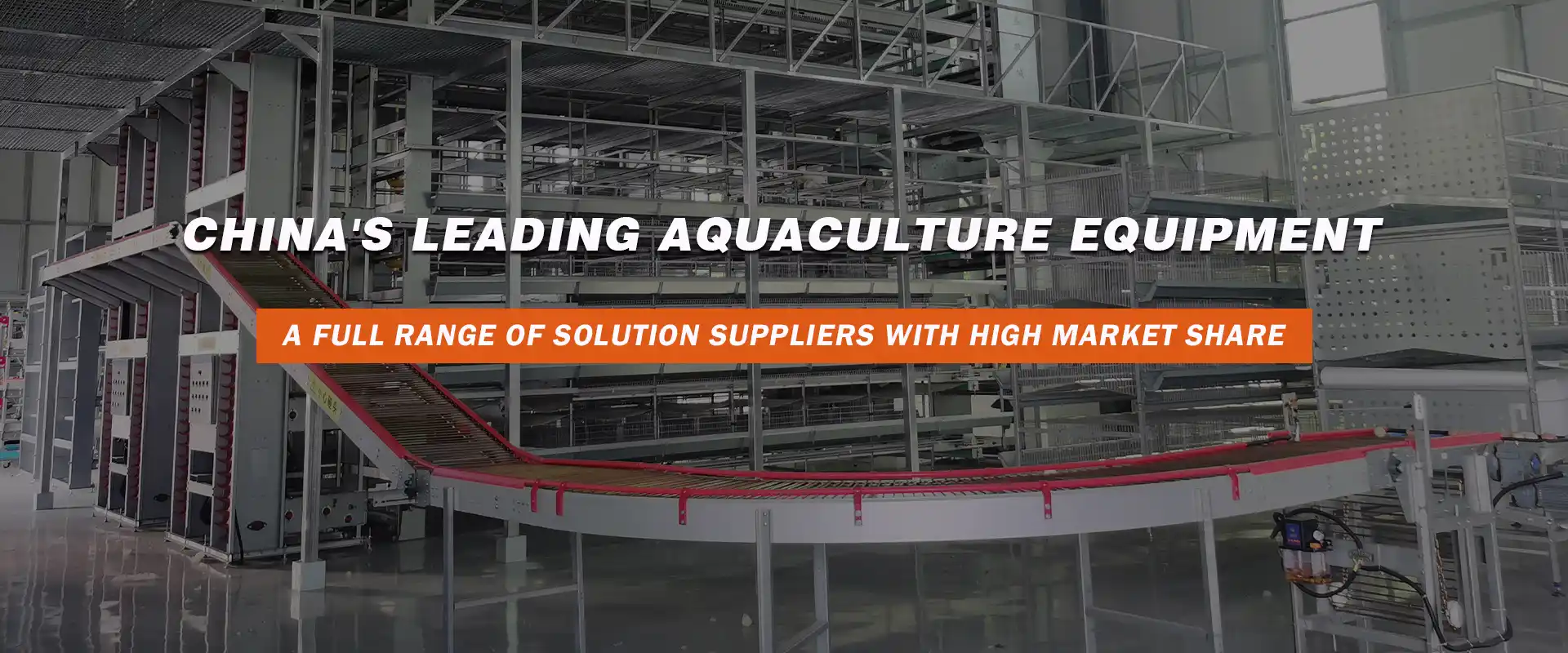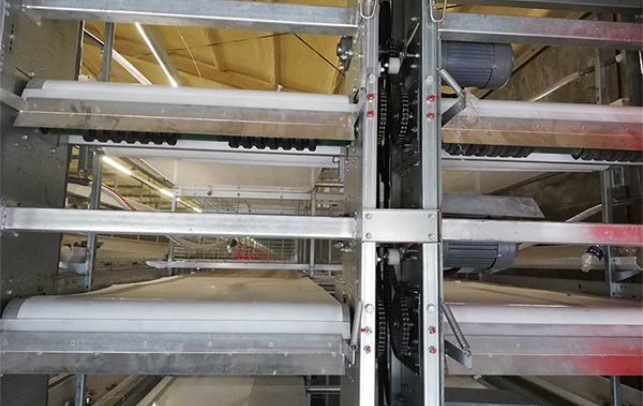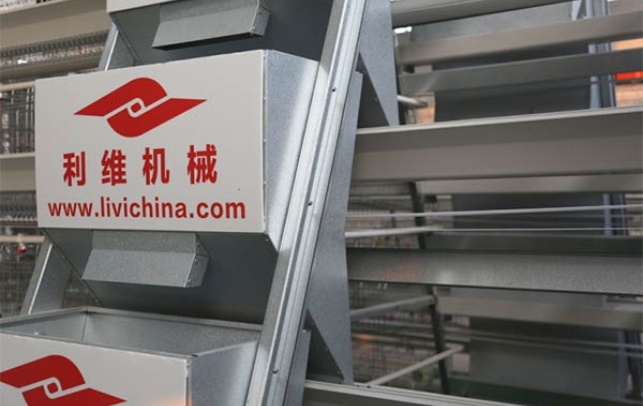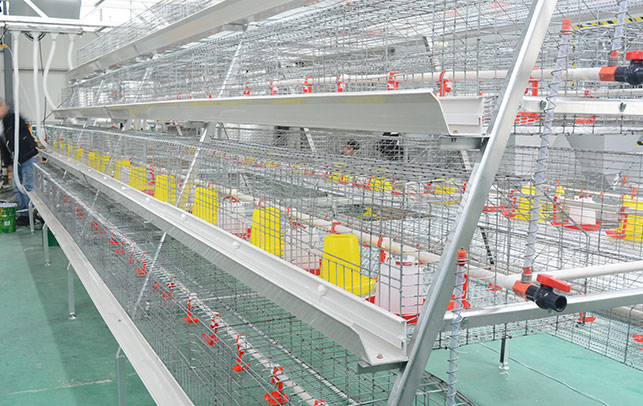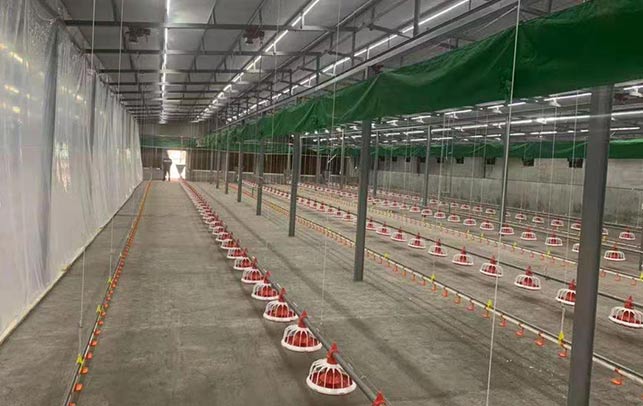High-Capacity Chicken Cage Systems: The Future of Poultry Farming Efficiency
Time : 2025-03-24
In the fast-paced world of poultry farming, efficiency and productivity are paramount. With the demand for chicken meat and eggs soaring, farmers are constantly seeking innovative solutions to increase their output while maintaining the well-being of their birds. One such solution is the implementation of high-capacity chicken cage systems. This article delves into the intricacies of these systems, their benefits, and how they are shaping the future of poultry farming.
Understanding High-Capacity Chicken Cage Systems
High-capacity chicken cage systems are designed to maximize the number of chickens that can be housed in a limited space. These systems are engineered to ensure that each bird has adequate room to move around, access to food and water, and proper ventilation. The systems come in various designs, ranging from horizontal to vertical, and can accommodate different breeds and sizes of chickens.
Types of High-Capacity Chicken Cage Systems
1. Horizontal High-Capacity Chicken Cage Systems:
- These systems are commonly used in layer farming, where hens are kept in cages with a sloping floor to allow for easy collection of eggs.
- Horizontal systems are known for their ease of maintenance and efficient egg collection.
2. Vertical High-Capacity Chicken Cage Systems:
- Vertical systems are designed to house more birds per square meter compared to horizontal systems.
- These systems are ideal for intensive poultry farming operations where space is limited.
The Benefits of High-Capacity Chicken Cage Systems
Implementing high-capacity chicken cage systems offers numerous benefits to both farmers and the chickens themselves. Here are some of the key advantages:
1. Increased Productivity
High-capacity systems allow farmers to house more birds in a smaller area, leading to increased productivity. This is particularly beneficial for intensive poultry farming operations, where space is limited.
2. Improved Health and Well-being
These systems are designed to ensure that each chicken has access to fresh air, food, and water. This helps reduce the risk of diseases and maintains the overall health and well-being of the birds.
3. Simplified Management
High-capacity chicken cage systems are designed for easy maintenance and management. Farmers can monitor the health of their birds more effectively and make necessary adjustments without much effort.
4. Cost-Effective
Implementing these systems can lead to significant cost savings. By maximizing the use of available space, farmers can reduce the cost of construction and maintenance while increasing their output.
Challenges and Considerations
While high-capacity chicken cage systems offer numerous benefits, there are also some challenges and considerations to keep in mind:
1. Initial Investment
Setting up a high-capacity chicken cage system requires a significant initial investment in terms of equipment and construction. However, the long-term benefits often outweigh the costs.
2. Space Requirements
These systems require a considerable amount of space, which may not be available for all farmers. It is essential to assess the available space before implementing such a system.
3. Environmental Impact
The poultry industry is under increasing pressure to minimize its environmental impact. High-capacity chicken cage systems must be designed with sustainability in mind to ensure a minimal carbon footprint.
Conclusion
High-capacity chicken cage systems are revolutionizing the poultry farming industry, offering farmers a way to increase productivity while ensuring the health and well-being of their birds. As technology continues to advance, these systems are likely to become even more efficient and sustainable. By considering the benefits and challenges, farmers can make informed decisions about integrating high-capacity chicken cage systems into their operations.




